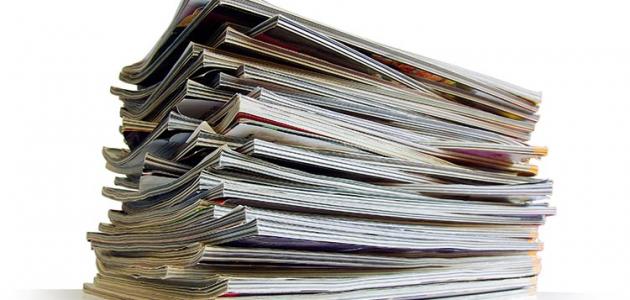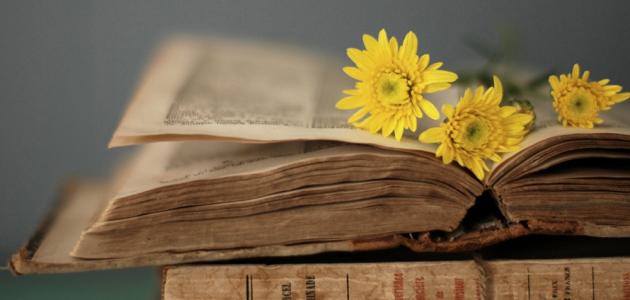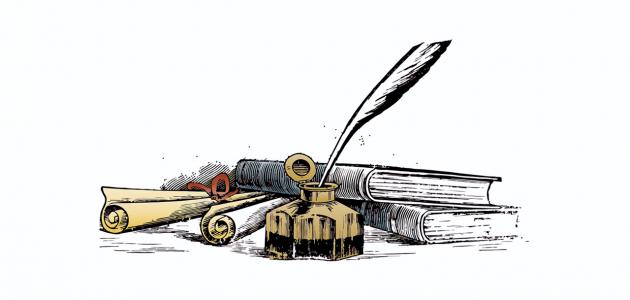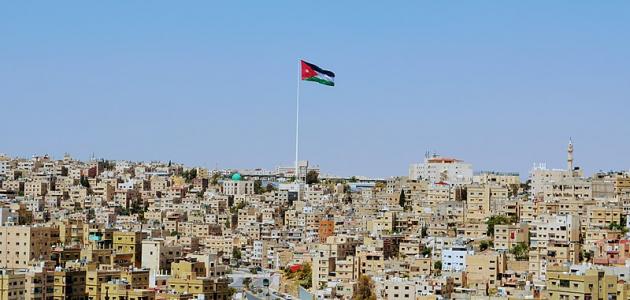Arabic writing
Arabs have known writing since the pre-Islamic era. Writing was widespread in the Arabian Peninsula in Najran, Mecca, and Yathrib. According to narrators and historians, there were seventeen writers in Mecca alone before the advent of Islam, and eleven writers in Yathrib. Writing also spread in the desert. This is the wise man of the Tamim tribe, Aktham bin Saifi, who was good at writing.
When Islam came, the first verse revealed to the Prophet, may God bless him and grant him peace, mentioned the pen, which is the tool for writing: “Read, and your Lord is the Most Generous who teaches by the pen.” In the biography of the Prophet, may God bless him and grant him peace, there is evidence of his interest in writing. He set a condition for the release of the Quraysh prisoners in the Battle of Badr that each prisoner teach ten Muslim children to read and write.
Types of Arabic writing
Since the Arabs practiced it, Arabic writing has been divided into several types:
Ordinary writing
It is a simple writing formulated for a specific purpose, and is used for religious, commercial and political purposes, and can be summarized as follows:
- Al-Mahariq: This is the writing of covenants and covenants.
- Instruments: This is the writing by which commercial rights and accounts are preserved.
- Messages between individuals.
- Slave writing: This is the writing of an agreement between the slave and his master in order to release him in exchange for a sum of money, and the slave takes the emancipation instrument.
Technical writing
It is the creative literary writing that writers and scholars were interested in. It is characterized by eloquence, eloquence, good wording, and the beauty of the idea. It relies on imagination and emotion. It was known in the pre-Islamic era, and what was written and preserved in the publications was recorded in the second century AH.
Read also:Short topic about motherTechnical writing includes three types:
- Proverbs.
- Public speaking.
- The soothsayers cooed.
Non-technical writing
Non-technical writing has emerged greatly in the modern era due to the need for it. It is concerned with presenting the idea without resorting to the use of imagination and emotion and in clear and conclusive terms. It is divided into two main branches:
- Objective writing: writing characterized by the writer’s mental ability to explain and clarify an idea by following the scientific method. They are necessary for researchers and students, examples of which include: the article and the research.
- Functional writing: It is the writing required by the job, whether administrative or professional, people’s general conditions, people’s civil dealings, and official correspondence between work colleagues. Examples include: job correspondence, the report, and meeting minutes. In objective and functional writing, the following must be taken into account:
- Choose short, clear, concise sentences.
- Writing sentences in the active voice.
- Using transitive verbs for one or more objects.
- Use words with clear meanings and avoid words that carry more than one meaning.
- Exclude difficult and incomprehensible words.
- Limit yourself to using only the necessary words and expressions.
Typeface shapes
- Kufic script. This type is distinguished by its beautiful and attractive shape. It is characterized by its perfect layout and organization, and its dots that increase its beauty and sweetness, as well as the shape of its letters that are very similar. It has several types, including the Abbasid Kufic script, the Iranian Kufic script, which clearly highlights the periods, and the flowery Kufic script. What distinguishes it is its fan decoration.
- Naskh script was developed and its rules were determined by the minister Ibn al-Muqla. It was given this name because it was widely used in copying and transferring books, as well as because it moved the writer’s pen quickly. This script was used in copying books in the Islamic Middle Ages, and it is distinguished by showing the beauty of the letters in a clear and wonderful way.
- The Diwani script, which was used in writing collections, was one of the secrets of the royal palaces during the period of the Ottoman Caliphate, and many doctrines were written in it. It is distinguished by its flexibility when writing wars, and that it is written on one line.
- Persian calligraphy is distinguished from other calligraphy by the grace of its letters, as they appear as if they are sloping in one direction, especially the rounded and soft letters. This is because they are more flexible and malleable in drawing, especially if they are drawn accurately and with good distribution and elegance, and in many cases the painter relies on decorations. To achieve the power of expression, he may also connect the letters of one or two words to each other, in order to create a frame. He may also draw curled and curved lines to show his creativity and fertile imagination in writing.









